True to its title, Gangs of Lagos, Prime Video’s debut African original film, directed by filmmaker Jadesola Osiberu, depicts an impoverished and chaotic neighborhood that bursts into a bloodbath. A hybrid work that integrates components of drama and gangster, the film locates its action in Isale Eko (downtown Lagos).
The film premiered on Prime Video on April 7, 2023, starring Tobi Bakre, Adesua Etomi-Wellington, Chike Osebuka, Chioma Akpotha, and Iyabo Ojo. In parallel to City of God (2002) and Gangs of New York (2002), the film is set in a present inflected with subtle dystopian facts—local hustlers with illegal operations, a political godfather dictating the status of a state’s election, and gang rivals engaging in brutal street brawls.
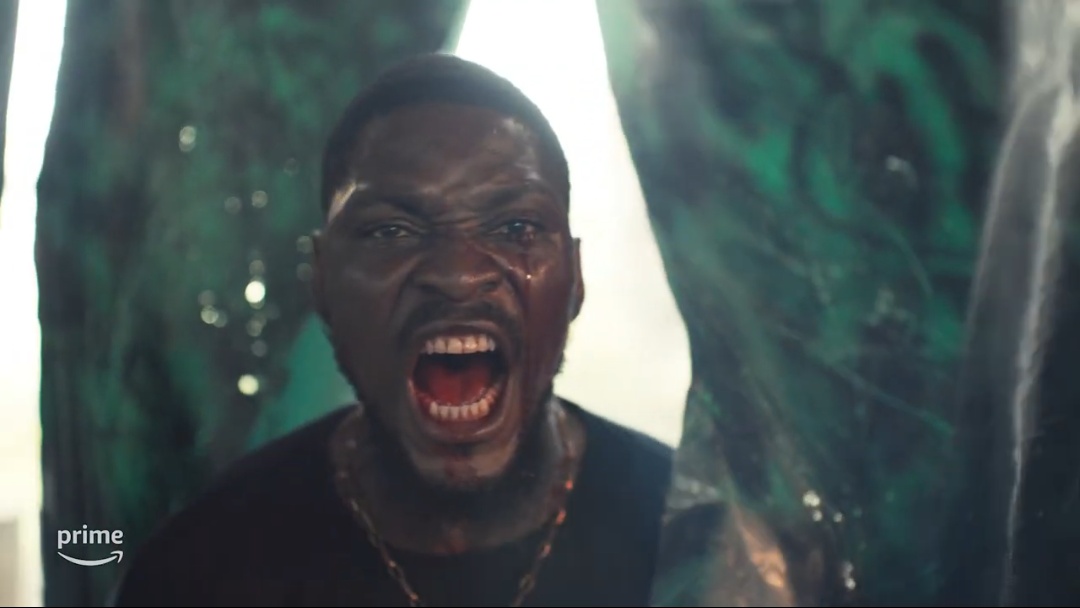 Movie Review: Jade Osiberu’s ‘Gangs of Lagos’ is a Timely Allegory
Movie Review: Jade Osiberu’s ‘Gangs of Lagos’ is a Timely Allegory
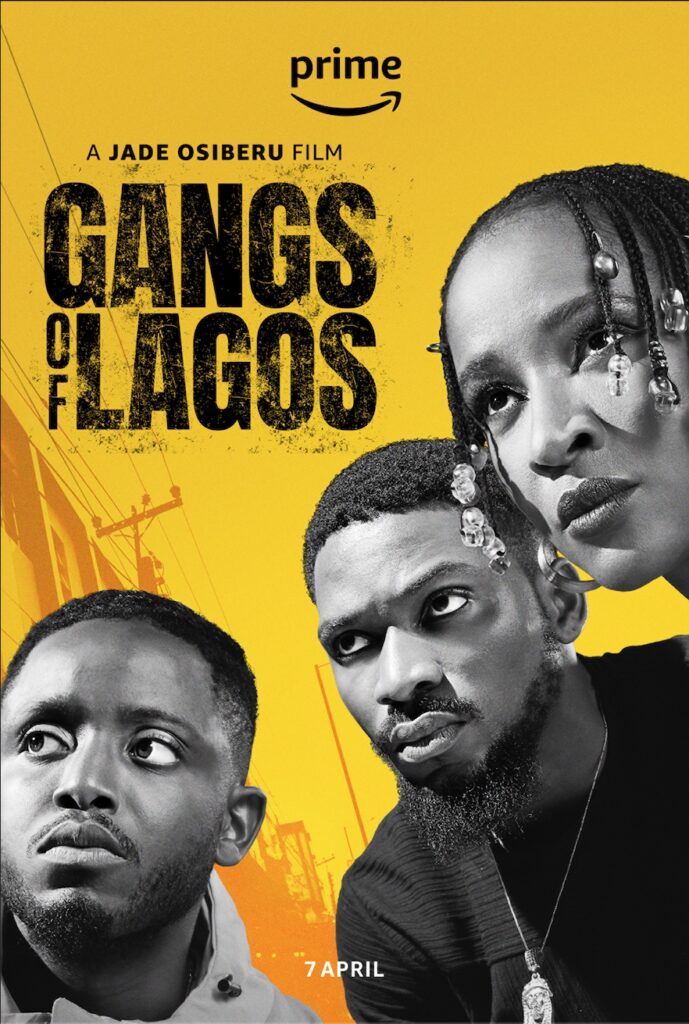
The film follows a central character named Obalola (Tobi Bakre), and his two beloved friends Ify (singer Chike Osebuka) and Gift (Adesuwa Etomi-Wellignton). The three friends have lofty dreams of becoming great and escaping the harshness of their community. Unfortunately, to survive, they are enmeshed in the chaos of their community, and that crumbles their dreams.
Besides being critically acclaimed, and charting in several countries across the world in its first week, Gangs of Lagos also courted caustic criticism from the Lagos indigenes, on the platform of Isale Eko Descendants’ Union (IDU) and the custodian of the Eyo Masquerades (also known as Adamu Orisha) for its depiction of their community and culture. The Lagos State Government also described the movie as a cultural misrepresentation as well as portraying the culture of the state in a derogatory manner. Isale Eko Descendants’ Union recently petitioned the Executive Director and CEO of the National Film and Video Censors Board (NFVCB), Adedayo Thomas, to ban the film from streaming.
The Adamu Orisha (popularly known as Eyo Masquerade) union believes that the film depicted the Eyo as criminals and gangsters, which is insensitive towards the culture of the Isale Eko people. This portrayal in the movie “For the Union and the Cult” was also criticized by Mrs. Uzamat Akinbile-Yussuf, the Lagos State Commissioner for Tourism, Arts, and Culture. She expressed her concern that the Eyo Masquerade, while adorned in its full traditional regalia, is depicted as a gun-wielding villain.
“We are of the opinion that the production of the film ‘The Gang of Lagos’ is very unprofessional and misleading while its content is derogatory of our culture, with the intention to desecrate the revered heritage of the people of Lagos,” Uzamat Akinbile-Yussuf explained. She further complained that “It is an unjust profiling of a people and culture as being barbaric and nefarious. It depicts a gang of murderers rampaging across the State”.
The Use of the Eyo Masquerades in Gangs of Lagos
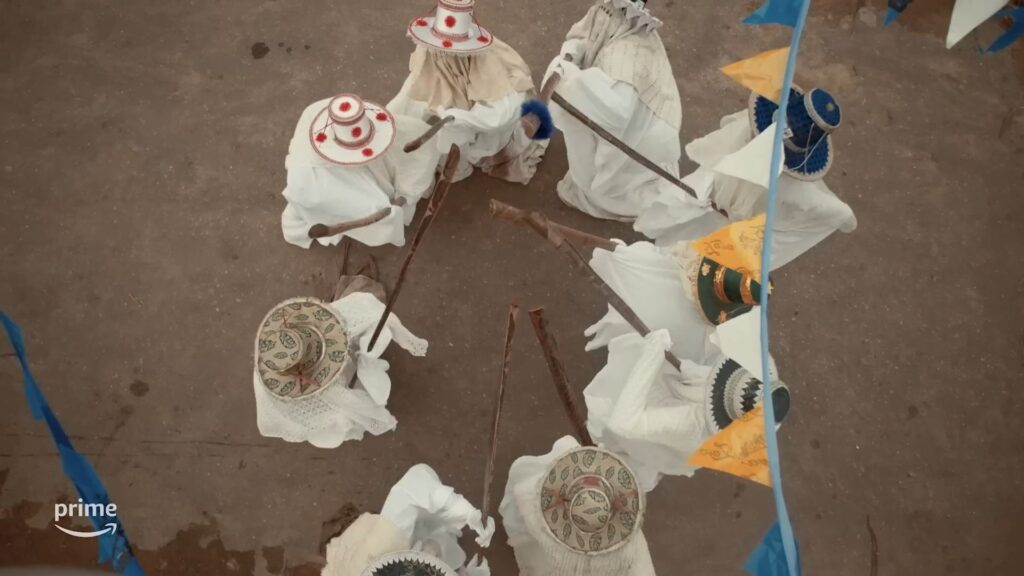
The Eyo masquerade is a cultural symbol of Lagos. It is an age-old traditional carnival that has been observed for centuries and is deemed a vital part of the city’s cultural heritage. The festival is distinguished by the appearance of men sporting white costumes and colourful hats and dancing through the streets in a procession.
In Gangs of Lagos, the procession of the Eyo masquerade occurs in two prominent scenes: The opening scene, which establishes the tone of the film, and the showdown scene, which serves as retribution for the villain. The latter scene is visually impressive—the colourful costumes and the rhythmic drumming of the parade create a sense of fear and excitement.
Filmmaking is an art that enables filmmakers to express their messages and ideas to a wide audience. Yet, in the process of creating stories for the screen, filmmakers often take creative liberties known as a dramatic license. Artistic freedom allows filmmakers to alter their stories for dramatic and emotional effects to suit their narrative.
Some may argue that the use of the Eyo masquerade in the film is an inappropriate and disrespectful portrayal of Lagos culture, as the various petitions have shown. Gangs of Lagos is not a historical piece, and neither is it a documentary, so it can’t be accused of falsifying history. It is important to note that the film is fictional, and no level-headed adult would think of the Eyo masquerades as a guns-wielding gang as depicted in the film.
As we all know, the movie is fictional, and Jadesola Osiberu didn’t intend to disrespect the cultural heritage of the people. Perhaps she wants us to note that evil people hide under the guise of culture and tradition to commit atrocities. “The gangs pretended to be Eyo Masquerade because they knew and understood its sanctity,” Anita Eboigbe of Inside Nollywood explains in her piece about the issue. “They knew that the people would be unsuspecting as the Adamu Orisha is associated with peace and is a noble part of the culture. They capitalised on the trust people had for the Masquerade and disguised with them.”
It’s understood that the use of cultural and religious symbols in films can be controversial and should be approached with care and sensitivity. And, of course, people have the right to defend their culture, religion, and traditional practices. But being too aggressive with their demands is bad for filmmakers as well as the culture they are protecting. Fierce protection of tribes, cultures, and religions often leads to violent intimidation and suppression of artistic freedom.
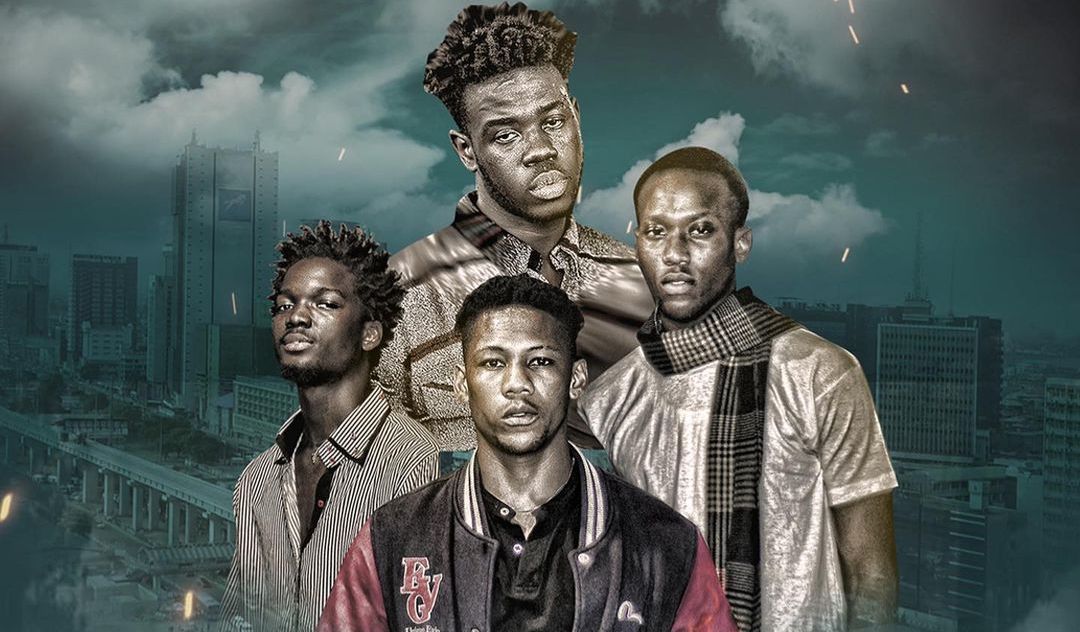 A ‘Dark October’ Essay: Linda Ikeji and the Mob
A ‘Dark October’ Essay: Linda Ikeji and the Mob
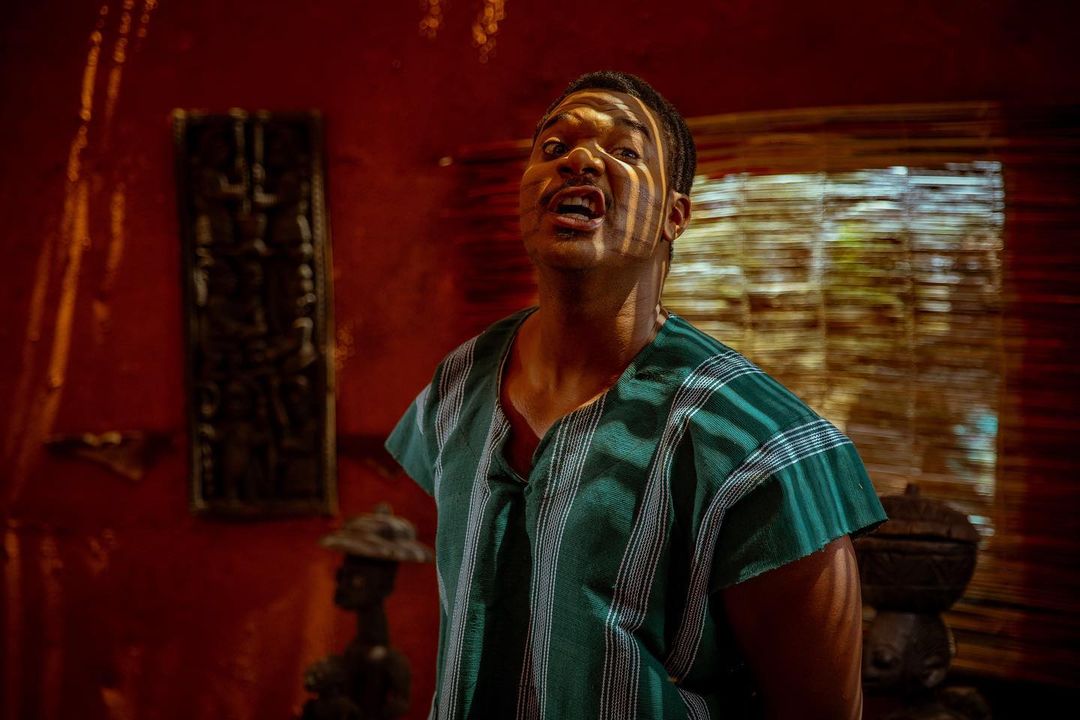 ‘Anikulapo’: In Defence of Saro
‘Anikulapo’: In Defence of Saro
Violence in Gangs of Lagos
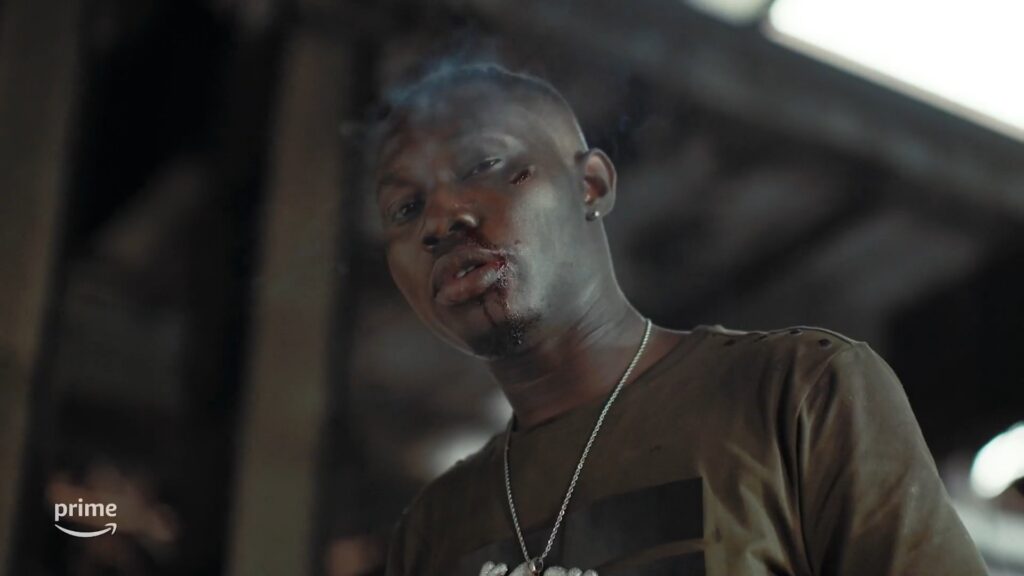
One could argue that the violence in Gangs of Lagos is necessary to convey the message of the film. The film’s violence is not glorified or romanticized but is shown as the devastating consequence of poverty, thuggery, godfatherism, and a lack of opportunities in a destitute society. The film portrays the anguish of the characters and their willingness to do anything to prevail.
In January of the previous year, a violent confrontation erupted in several areas of Isale Eko, including Idumota, Kosoko, Oke Arin, Oluwole, Martins, and Balogun. Hoodlums armed with firearms, cutlasses, knives, clubs, and other dangerous weapons were involved in the melee, causing business activities in the Eko Market and its surroundings to come to a halt.
The street fight raged on for over a day, resulting in numerous injuries to traders and commuters, with reports of several fatalities still unverified. The hoodlums also took advantage of the chaos to burglarise stores and rob individuals trapped in the vicinity.
It has been alleged that the hooligans were formerly affiliated with a certain group, but some of them revolted against their leader, who happens to hold a prominent position within the National Union of Road Transport Workers (NURTW).
Isn’t that the same thing that is portrayed in Gangs of Lagos? After realizing the greed, deception, and callousness of Kazeem (played by Olarotimi Fakunle), Obalola teams up with Ekun (played by Damilola Ogunwusi) gang to revolt against Kazeem and end his dominion in the community.
The violence in Gangs of Lagos performs as a critique of the failings of the Nigerian government and its inability to address the root causes of poverty and violence. The film shows how the government’s neglect and corruption have allowed the drug trade and thuggery to thrive and perpetuate the cycle of violence in the community.
However, it is crucial to mention that violence is never the answer. Gangs of Lagos should not be glimpsed as a proponent of violence or a promoter of disregard for cultural practices. Besides its accurate portrayal of the harsh realities of life in an impoverished area, it also reveals the adverse effects of violence and the toll it takes on people and societies.
Filmmaking in Lagos is a difficult task that is fraught with diverse ordeals that can make the procedure extremely demanding. From limited resources and infrastructure to bureaucratic hurdles and security concerns, filmmakers in Lagos always navigate a complex web of obstacles to bring their vision to life.
Security concerns are a significant challenge for filmmakers in Lagos. Filmmakers and their equipment are often targets of harassment and theft, making it challenging to shoot in public spaces safely. To mitigate this risk, many production companies hire security personnel, adding to their expenses. Despite these challenges, filmmakers in Lagos continue to produce groundbreaking works that capture the city’s vibrant culture and identity.
The grievances against Jadesola Osiberu are an attempt to kill creative licenses and discourage filmmakers (and other creatives) from expressing themselves. The most dangerous thing is that undiscerning and unscrupulous people, especially hoodlums, would see it as an opportunity to attack filmmakers anytime they see them holding cameras or filming in a community.
As the saying goes: Art imitates life. Gangs of Lagos is a fictional but candid reflection of lives in an impoverished society. The violence in the film is justified because it accurately reflects the reality of life in a downtrodden society.
Gangs of Lagos is bold, breathtaking, and terrifying, and not a dressed-up exploitative image whose intention is to make fun of ghastly things and cultural practices.

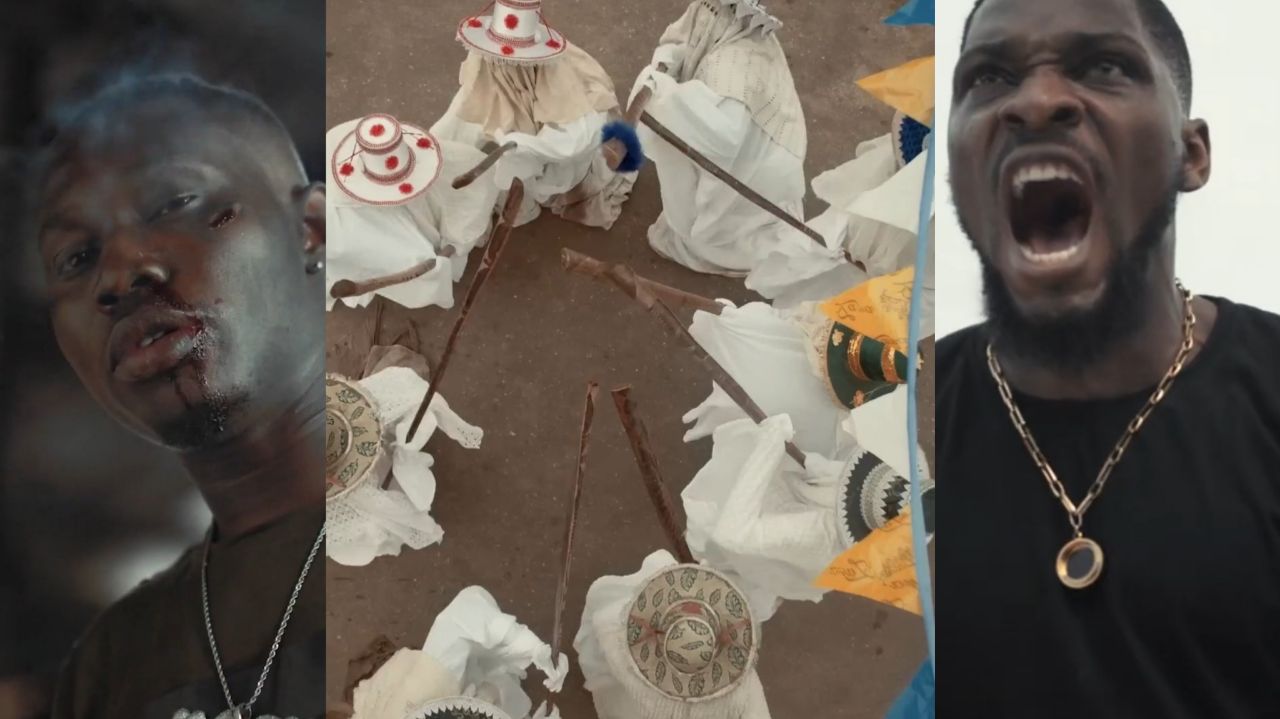
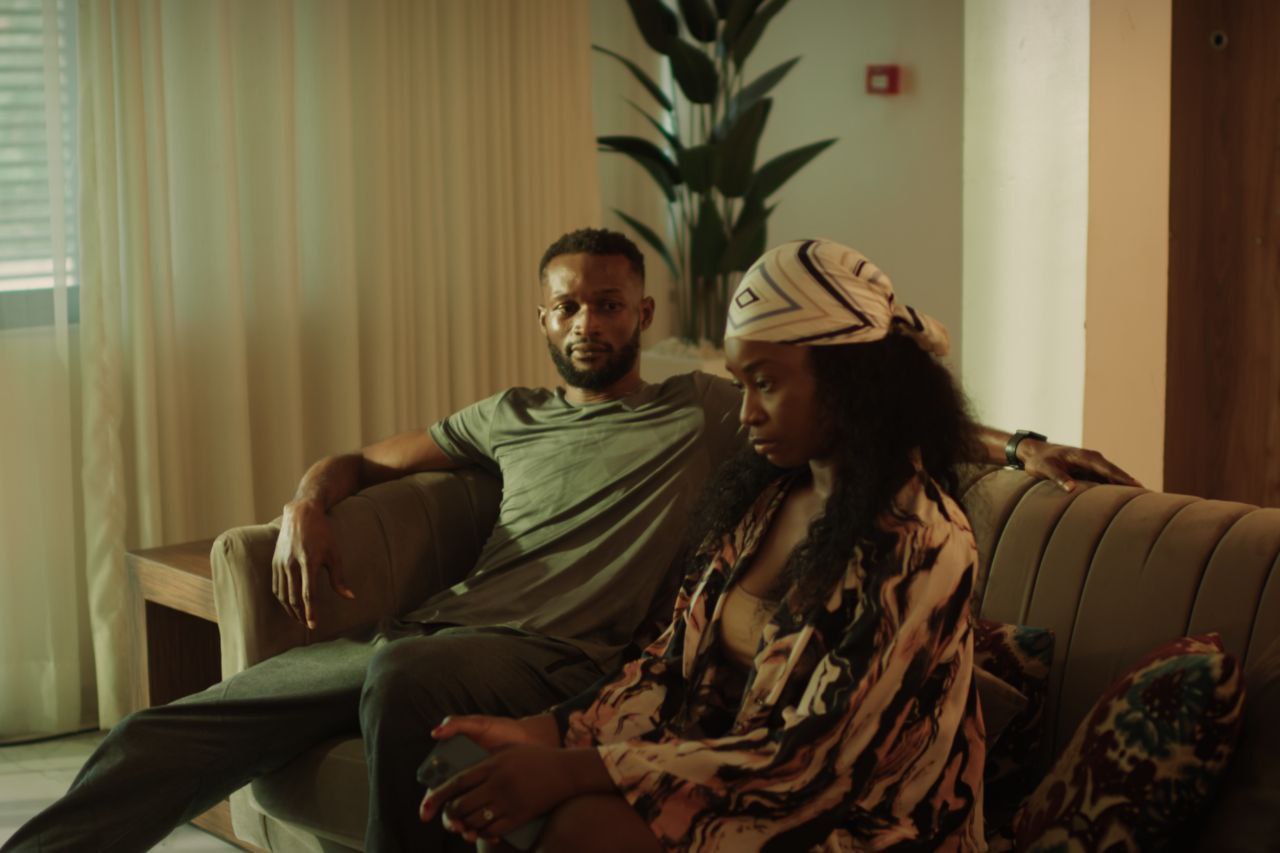
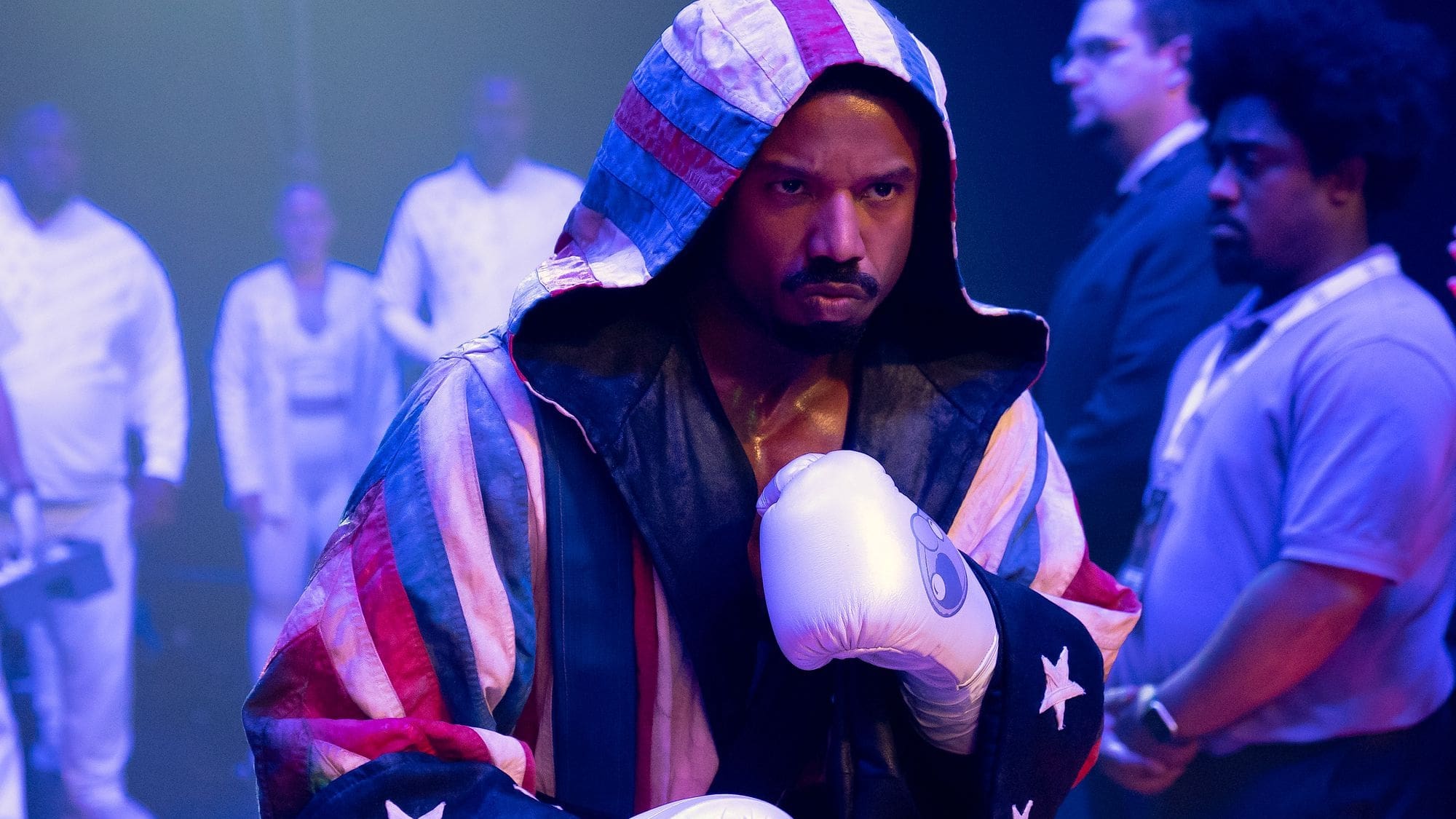

1 Comment